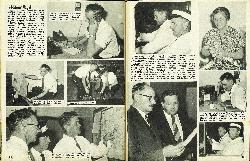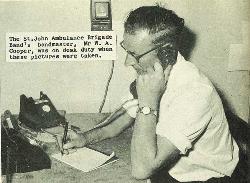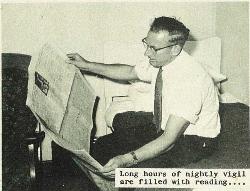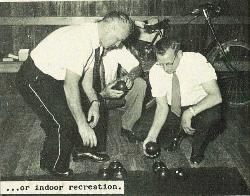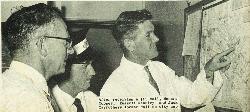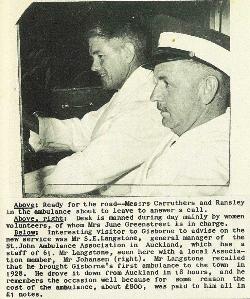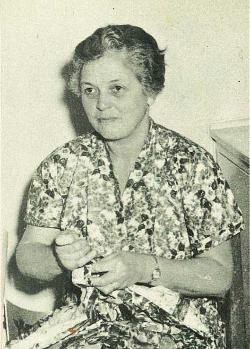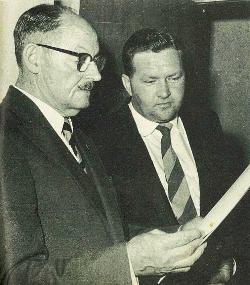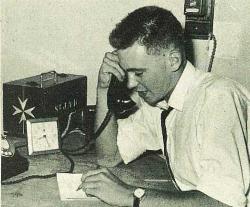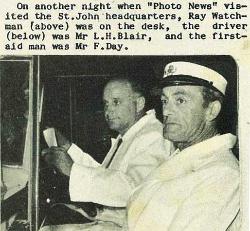62
24-Hour Vigil
For many years Archie Freebairn has given the St. John Ambulance Association a service which has had to be replaced now with volunteers who keep a 24-hour vigil at the brigade headquarters in Palmerston Road.
The emergency number 111 now connects with an ambulance official at the headquarters office, In the daytime, this would probably be a woman volunteer, who is able to summon a driver and a St. John man quickly when required.
At night, a man is on the job from 7 p.m. to 7 a.m., and with him are a driver and ambulance attendant, ready for duty anywhere at a moment's notice.
Quarters have been set up in a room at the St. John Hall. Photographs on these pages show a few of the public-spirited volunteers on duty. They are not necessarily members of the St. John Ambulance organisation.
The St. John Ambulance Brigade Band's bandmaster, Mr W. A. Cooper, was on desk duty when' these pictures were taken.
Long hours of nightly vigil are filled with reading....
... or indoor recreation.
After receiving a 111-call, Messrs Cooper, Russell Ransley and Jack Carruthers locate call on city map
63
Ready for the road--Messrs Carruthers and Ransley in the ambulance about to leave to answer a call.
Desk is manned during day mainly by women volunteers, of whom Mrs June Greenstreet is in charge.
Interesting visitor to Gisborne to advise on the new service was Mr S. E. Langstone, general manager of the St. John Ambulance Association in Auckland, which has a staff of 61. Mr Langstone, seen here with a local Association member, Mr Johansen (right). Mr Langstone recalled that he brought Gisborne's first ambulance to the town in 1928. He drove it down from Auckland in 18 hours, and he remembers the occasion well because for some reason the cost of the ambulance, about £800, was paid to him all in £1 notes.
On another night when "Photo News" visited the St. John headquarters, Ray Watchman (above) was on the desk...
...the driver was Mr L. H. Blair, and the first-aid man was Mr F. Day.


